I never thought that I would have a third round of this but here we are. After my last post, the idea of comparing the cold brew versions of the teas stuck in my mind until finally, I couldn’t ignore the idea any longer.

This was the easiest round to prepare because all I needed to do was:
- Measure out equal amounts of teas
- Add equal amounts of water
- Wait 30 minutes
Temperature was no longer a factor and I finally got to try the teas brewed the exact same way. While preparing this, I started wondering why I didn’t think of this sooner.
Tasting Notes
As with round two of this experiment, the colour differences were very obvious and pretty much the same as before.
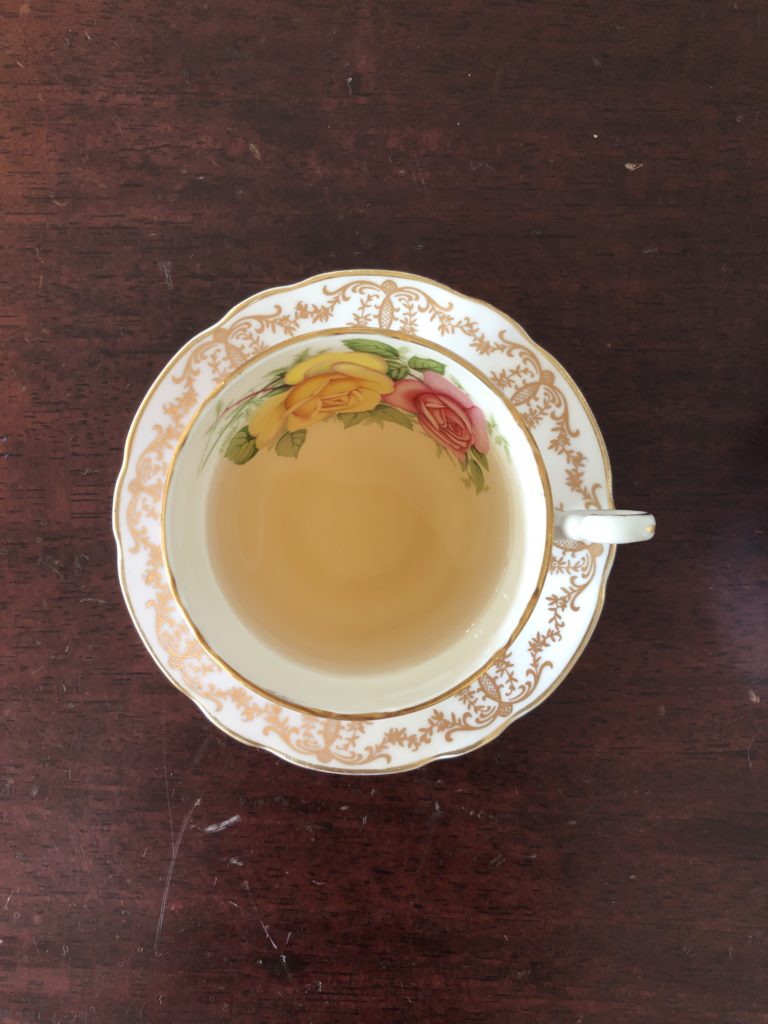
Yutakamidori: This yielded a green-brown tea liquor and unlike the hot-brewed versions, did not have any bitter note. Instead, I had this strong sweet and umami note. It’s pretty interesting how different the two versions are.

Kanayamidori: Like before, this was a bright yellow-green liquor. The roasted and grassy notes were still there, but a bit more muted compared to the hot version. It’s still fairly sweet and the umami taste is distinct.
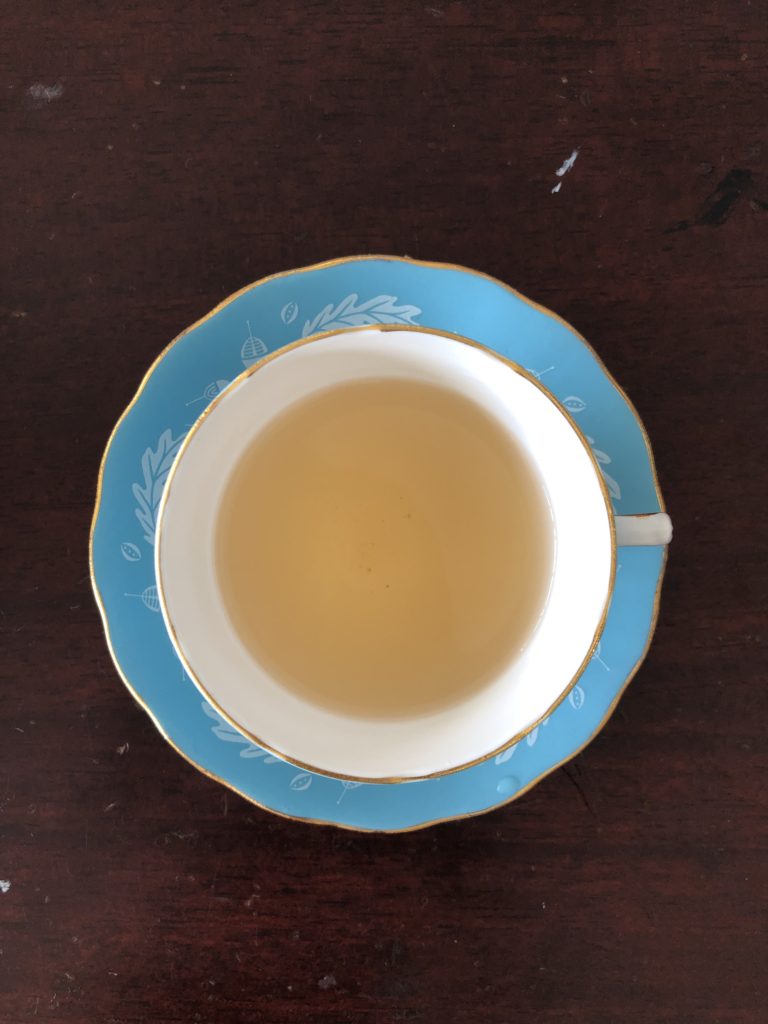
Yabukita: In terms of colour, this was similar to the Yutakamidori in its green-brown tones. In terms of taste, however, this was the most muted of the three teas – I had some grassy and umami notes that weren’t as strong as the other two teas and that was about it. The best word I can think of was “plain”. I didn’t actually get any of the bottled green tea image that I had in round two.
Conclusion
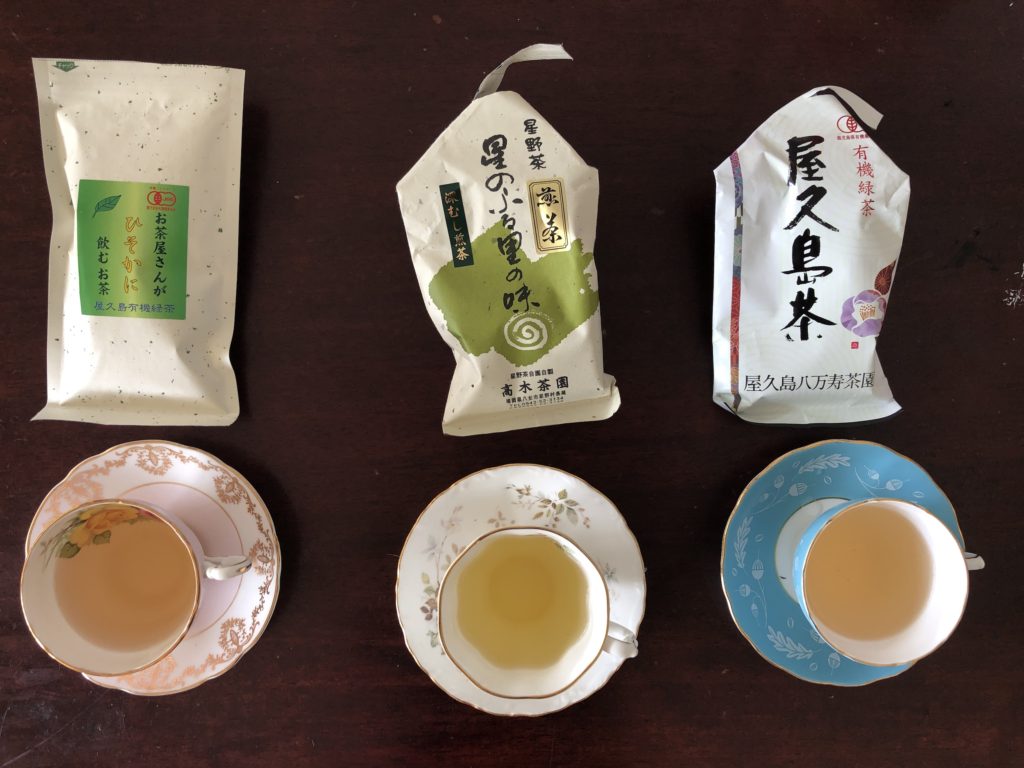
This was pretty fun! The results are similar to round two (apart from that bitter note that disappeared – perhaps my water was too hot before) so I know that my tasting notes are consistent/somewhat accurate.
I’m hoping to go back to Japan this year and if I do, I think I’ll have to look out for more cultivars. It’s pretty easy to tell between types of dancongs, but the differences for green tea is a bit more subtle and I’d love to have more exposure to this.
If you missed the previous posts in this mini-series, you can find them here:
Part 2 (second tasting round after spending time with each cultivar)
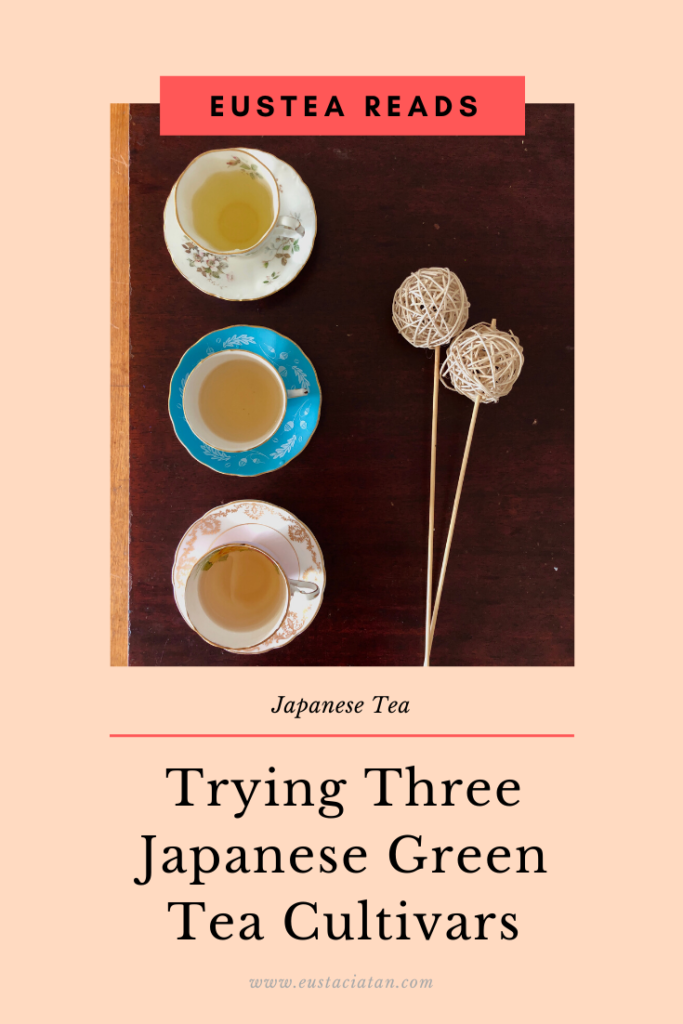
Featured and Pinterest Image: Photo by Me
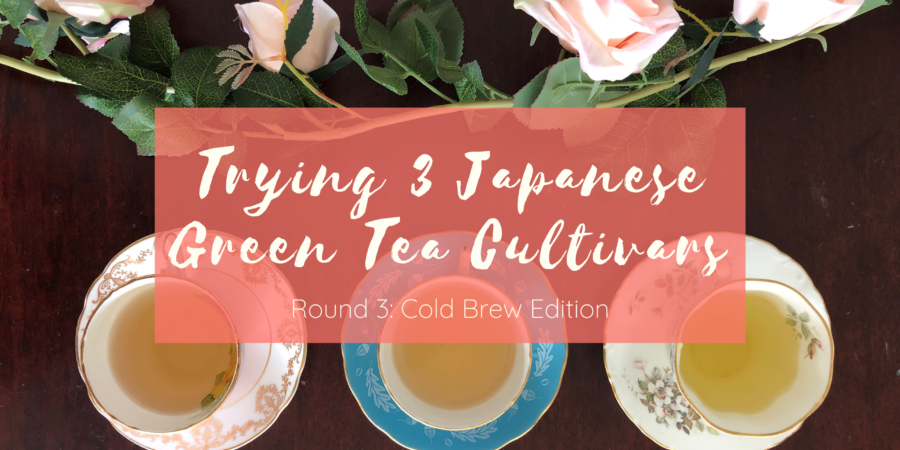
Nice tasting notes. Picking out differences in cultivars has been the most difficult with Japanese greens.
Thanks! I’ll have to get more to try soon – I’m thinking that the differences will only become apparent when there’s more to compare (and it doesn’t help that a lot of green teas are blends of various cultivars)